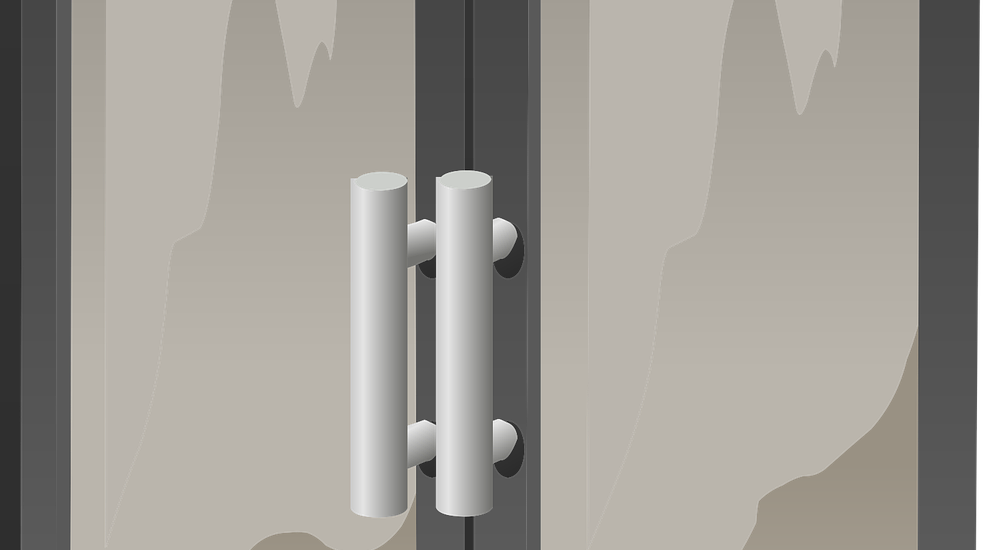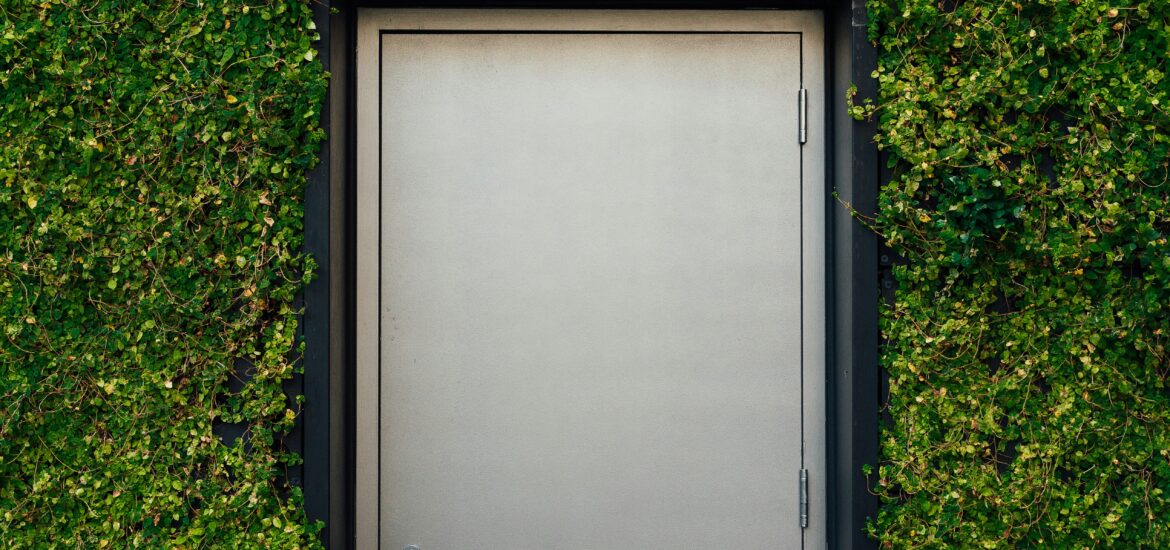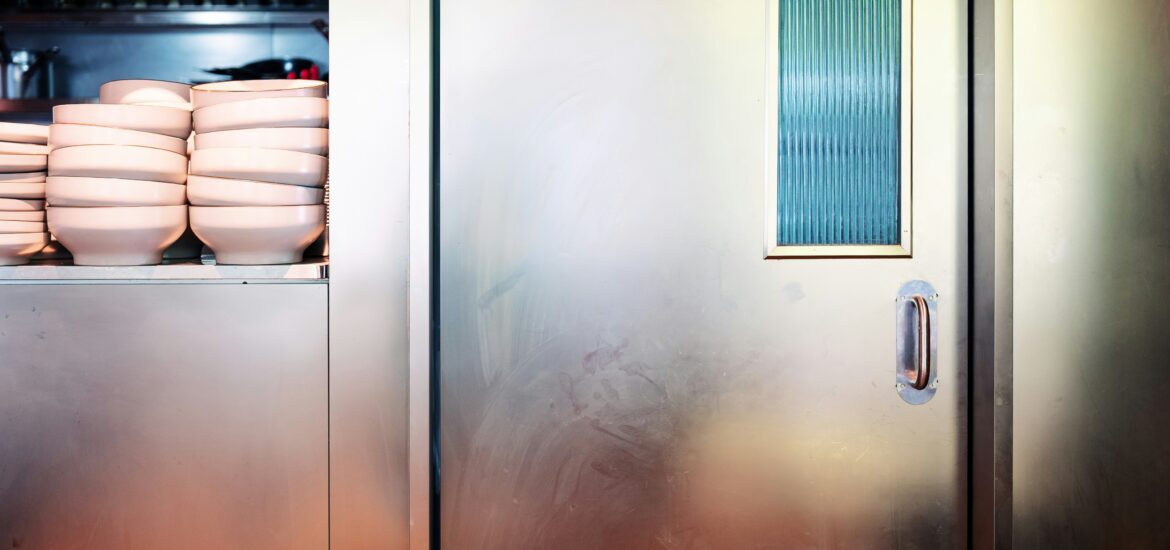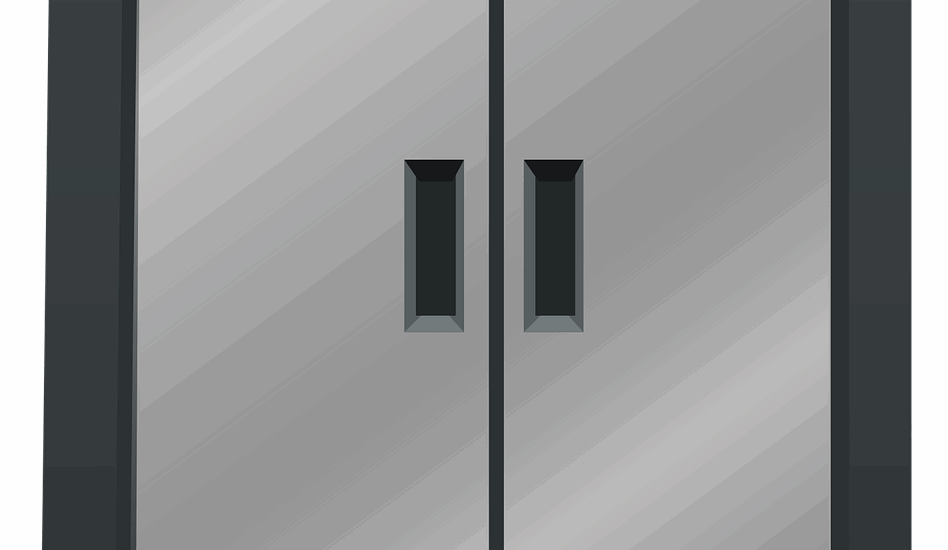London’s unpredictable weather and growing flood risks have made property protection more important than ever. With climate change triggering rising water levels, heavy rainfall, and sudden flash floods, homeowners and businesses are turning to smarter, more resilient solutions. One of the most effective ways to safeguard your property is by installing flood doors, specialized doors engineered to prevent water entry during flood events.
Among London’s trusted providers, AllSecure Doors Ltd (allsecuredoors.co.uk) stands out for offering high-quality, durable, and fully tested flood protection doors designed specifically for the city’s unique flood challenges. In this in-depth blog, we explore why flood doors are essential in London, how they work, and why AllSecure Doors Ltd is an industry leader you can rely on.
Understanding London’s Growing Flood Risk
London may not be a coastal city, but it faces serious flooding threats due to:
Heavy and unpredictable rainfall
Sudden downpours overwhelm drainage systems, leading to street-level flooding.
River Thames and tributaries
Overflowing riverbanks can inundate nearby homes and businesses.
Aging infrastructure
Old drainage networks struggle to cope with modern water flow volumes.
Urban development
More concrete means less ground absorption, causing rapid surface water accumulation.
Areas like Hammersmith, Camden, Lambeth, Lewisham, Hounslow, Barking, and Westminster often experience recurring flood concerns. Because flooding can happen within minutes, having a long-term structural solution like flood doors is no longer optional, it’s essential.
What Are Flood Doors?
Flood doors are specially engineered external doors designed to stop floodwater from entering your home or business. Unlike standard doors, these advanced systems include:
- Watertight seals
- High-strength materials
- Pressure-resistant locking mechanisms
- Anti-corrosion components
They look like regular doors but perform like industrial-grade protection barriers.
When installed properly, flood doors can hold back high water pressure, keeping your property safe even during severe flood events.
How Flood Doors Work
Flood doors operate on a combination of engineering excellence and precision design. They rely on three main principles:
Watertight Sealing Technology
Special seals expand when in contact with water or compression. This prevents even the smallest water droplets from entering.
Reinforced Door Structure
Flood doors are made from heavy-duty steel, composite, or aluminium layers designed to withstand water pressure and debris.
Compression Locking Systems
Hydraulic or mechanical locking systems tighten the door against the frame, ensuring zero water penetration.
Because the system is passive, homeowners don’t need to set anything up during emergencies, just close the door.
Why Flood Doors Are Essential for London Properties
Prevent Costly Water Damage
Flood repairs can cost homeowners £20,000 to £50,000. Flood doors eliminate the risk of water entering living spaces, basements, or commercial units.
Immediate Protection Against Sudden Flooding
Surface water floods often happen in less than 30 minutes. Unlike sandbags or temporary barriers, flood doors protect instantly.
Insurance Benefits
Many insurers reward homeowners with lower premiums when professional flood protection is installed.
Long-Term, Maintenance-Free Security
Modern flood doors last 20+ years and require minimal maintenance.
Aesthetic Flexibility
Flood doors from companies like AllSecure Doors Ltd are available in stylish designs, colours, and finishes, without compromising protection.
AllSecure Doors Ltd: London’s Trusted Flood Door Specialists
AllSecure Doors Ltd is one of the leading experts in manufacturing and installing high-performance flood doors across London. Their focus on quality engineering, certified safety standards, and customer satisfaction makes them a preferred choice for residential and commercial buildings.
Why Homeowners Choose AllSecure Doors Ltd
Fully Tested and Certified Flood Doors
Their products are tested to meet UK and international standards such as:
- PAS 1188
- BS EN testing requirements
This ensures doors perform reliably even under extreme conditions.
Custom Designs for Any Property
Whether it’s a Victorian terrace, modern flat, office, or retail shop, AllSecure Doors customises doors to perfectly fit the property’s architecture.
High Security & Multi-Functional
Their flood doors not only prevent water ingress—they also offer:
- Enhanced burglary protection
- Fire resistance
- Thermal insulation
This makes them a multi-purpose investment.
Professional Installation
The company provides expert site assessment and seamless installation, ensuring doors are fitted perfectly for maximum flood resistance.
Long-Lasting, Low-Maintenance
Their products use corrosion-resistant materials ideal for London’s varying climate, ensuring durability and longevity.
Types of Flood Doors Offered by AllSecure Doors Ltd
1. Residential Flood Doors
Designed for homes, basements, and front/back entrances. They look like regular doors but offer full flood protection.
2. Commercial Flood Doors
Ideal for shops, offices, warehouses, and industrial units that need long-term, reliable flood barriers.
3. Automatic and Manual Flood Doors
Choose manual locking or automated, self-activating systems tailored to your risk level.
4. Composite and Steel Flood Doors
High-strength materials that combine protection with aesthetic appeal.
7. Key Features of AllSecure’s Flood Door Systems
- High-pressure resistance
- Double or triple watertight seals
- Reinforced frames
- Energy-efficient insulation
- Anti-impact surface protection
- Varied colour and style choices
- Smooth finish and elegant appearance
- Guaranteed performance under real-world conditions
These features make AllSecure’s doors some of the most reliable flood protection systems available in London.
How Flood Doors Are Installed
Step 1: Site Assessment
A professional team evaluates flood risk, doorway measurements, and property structure.
Step 2: Custom Manufacturing
Doors are engineered to fit the exact dimensions and requirements of your property.
Step 3: Professional Installation
Expert technicians install the door securely and seal the frame.
Step 4: Testing and Quality Assurance
Every installation is inspected to ensure perfect watertight performance.
Step 5: Aftercare Guidance
Homeowners receive advice on simple maintenance checks and best practices.
Why Investing in Flood Doors Is a Smart Decision
Flood protection is no longer an optional upgrade—it’s a necessity in many London neighborhoods. Flood doors offer:
- Peace of mind
- Property value protection
- Lower insurance costs
- Long-term structural safety
With the increasing frequency of intense weather events, having durable flood doors ensures your property stays safe no matter what nature throws your way.
Conclusion
Flood doors are one of the most effective and reliable solutions to protect London homes and businesses against unpredictable flooding. AllSecure Doors Ltd stands out as a trusted provider offering premium-quality, high-performance flood doors that combine engineering strength with stylish designs.
Whether you’re a homeowner safeguarding your entrance or a business preventing costly flood damage, investing in flood doors from AllSecure Doors Ltd provides unbeatable peace of mind. As climate patterns continue to shift, now is the perfect time to equip your property with the best flood protection system available.





